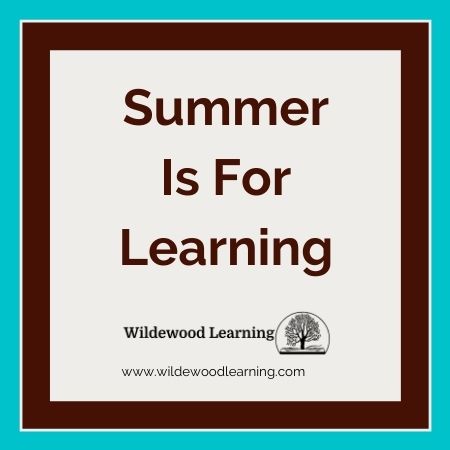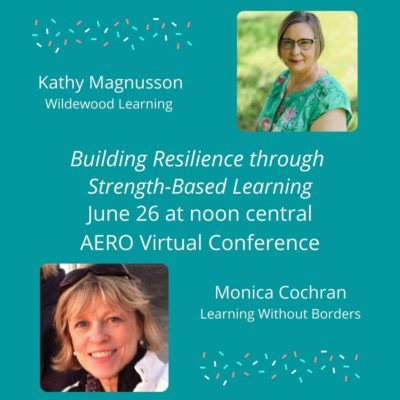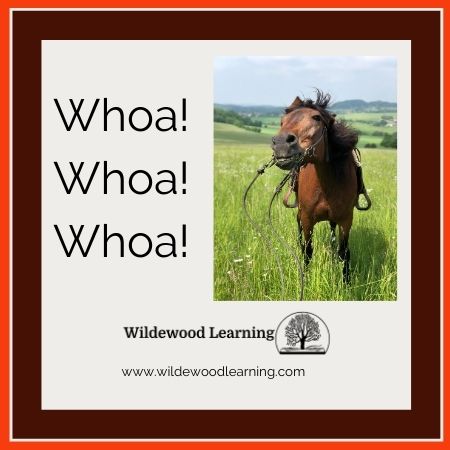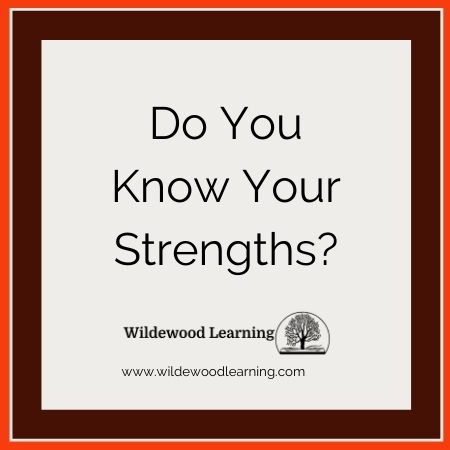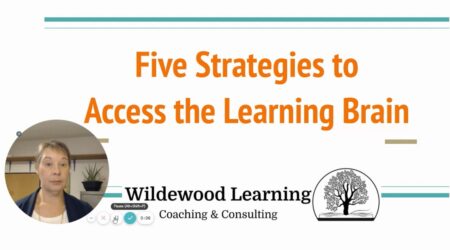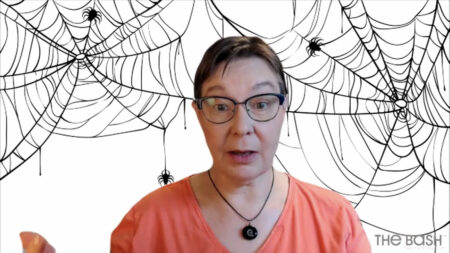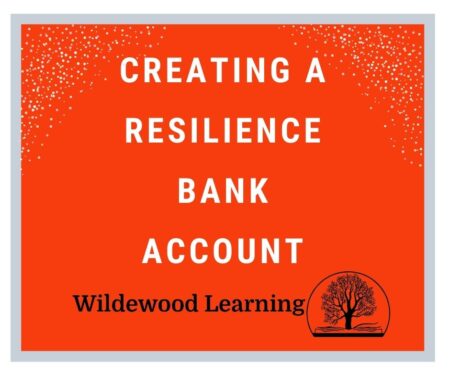Summer is for Learning
Welcome!
This past week I have been teaching in the summer school program at my local school. Every year in early June, the school district has a week called “Summer Fun at School.” It’s a week where the elementary students can select hour-long classes that are experiential and of interest to them.
This week I am teaching three classes, Daring Dudes for boys, Adventure Girls for girls, and Game 6 Feet Apart; all are for 4-6 graders. Today as one of the girls left the classroom, she said over her shoulder, “This is the best class so far!” Score one for the old lady!
I like to work with older students; I prefer ages ten and up. I marvel at educators and providers that can take care of the little ones. The way they can interact with and hold their attention is impressive. Learning is so essential at any age. Keeping current and developing new skills is necessary for you, just like it’s vital for the children in your care.
This summer, I have teamed up with Becky Schuler of Rebecca Schuler Training and Consulting to offer a four-session series, Self-Management for the Workplace. This series is specifically for early childhood educators and direct care providers. Becky and I have carefully selected topics that address social and emotional learning, communication skills, self-care, and emotional intelligence, all with a focus on you and the children in your care.
The summer series will be held virtually on Friday mornings from 10 am-noon, starting on June 25. The following three sessions are on July 9, July 16, and July 23. We will be recording each session, and you will have access to the recording for 30-days following the session. A total of 8 continuing education hours are available for the series.
The format of the webinars will be engaging and interactive. No sitting back, taking notes, and drinking coffee, we want to help you integrate your learning in a meaningful way that will impact your life.
We invite you to join us in this new collaboration of two seasoned trainers for this series of interactive webinars. You can click here to see the full details of the “Self-Management” series and register.
Be well!
Kathy
P.S. Registration is closing on June 22! Click here to register.

